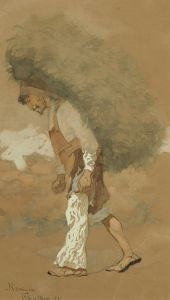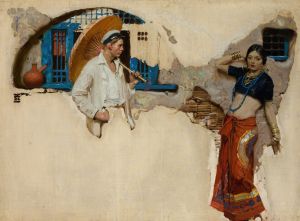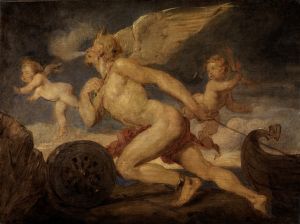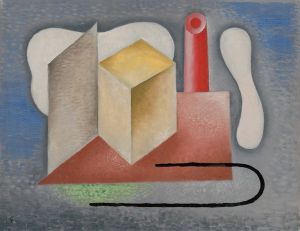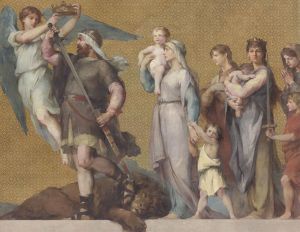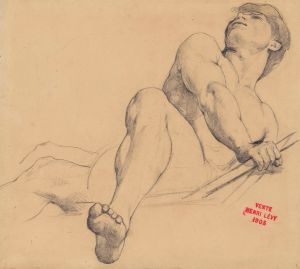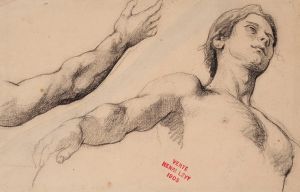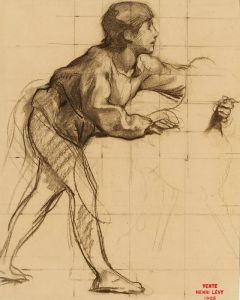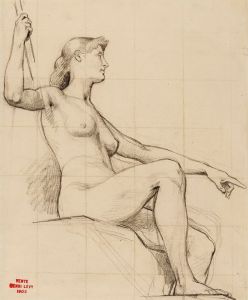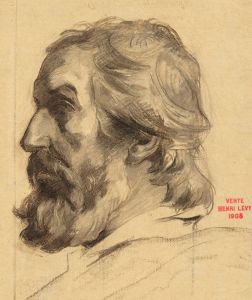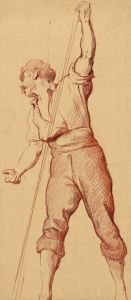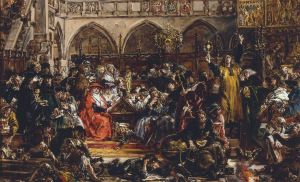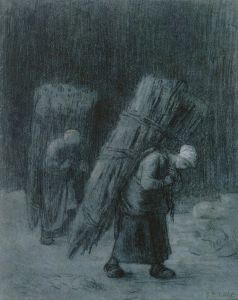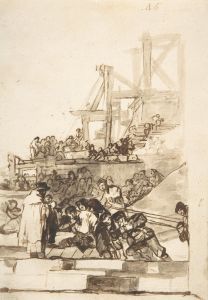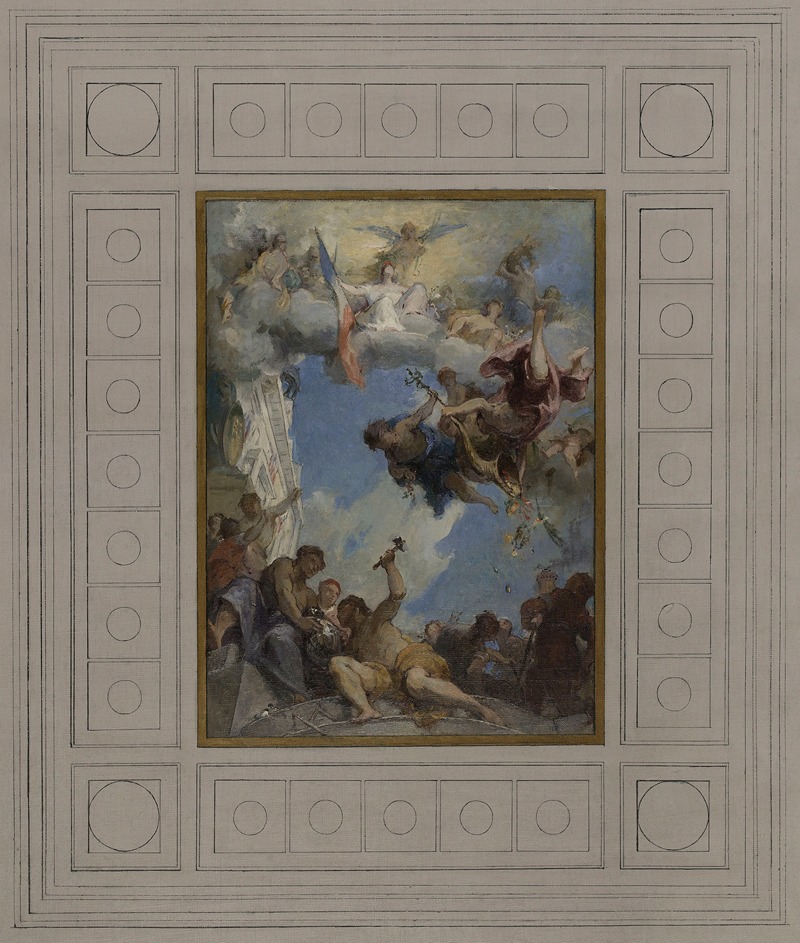
Le Travail sous l’égide de la République amène l’abondance et la prospérité
A hand-painted replica of Henri Leopold Lévy’s masterpiece Le Travail sous l’égide de la République amène l’abondance et la prospérité, meticulously crafted by professional artists to capture the true essence of the original. Each piece is created with museum-quality canvas and rare mineral pigments, carefully painted by experienced artists with delicate brushstrokes and rich, layered colors to perfectly recreate the texture of the original artwork. Unlike machine-printed reproductions, this hand-painted version brings the painting to life, infused with the artist’s emotions and skill in every stroke. Whether for personal collection or home decoration, it instantly elevates the artistic atmosphere of any space.
Henri Leopold Lévy's painting "Le Travail sous l’égide de la République amène l’abondance et la prospérité" is a notable work of art that reflects the socio-political climate of its time. Created by the French artist Henri Leopold Lévy, this painting embodies the themes of labor, abundance, and prosperity under the auspices of the Republic. Lévy, known for his academic style and historical subjects, was active during the late 19th century, a period marked by significant political and social changes in France.
The title of the painting, which translates to "Work Under the Aegis of the Republic Brings Abundance and Prosperity," suggests a celebration of the values of the French Republic, particularly the emphasis on labor as a means to achieve societal well-being and economic growth. This theme resonates with the ideals of the Third Republic in France, which was established in 1870 following the fall of the Second Empire. The Republic sought to promote civic virtues, economic development, and social progress, often highlighting the role of industriousness and collective effort in achieving these goals.
Lévy's work is characterized by its detailed composition and allegorical elements. The painting likely features symbolic representations of labor and prosperity, possibly including figures that personify these concepts. Such allegorical depictions were common in 19th-century art, serving to convey moral and political messages to the viewer. The use of allegory allowed artists like Lévy to engage with contemporary issues while adhering to the aesthetic conventions of the time.
While specific details about the composition and visual elements of "Le Travail sous l’égide de la République amène l’abondance et la prospérité" are not widely documented, Lévy's broader body of work provides some context. He often employed a classical style, with an emphasis on clarity, order, and harmony, which were hallmarks of academic painting. His works frequently depicted historical or mythological subjects, rendered with meticulous attention to detail and a strong narrative component.
Henri Leopold Lévy was part of the broader movement of academic painters in France, who were trained in the traditional techniques of the École des Beaux-Arts. These artists were known for their technical skill and adherence to classical standards of beauty and composition. Lévy's paintings were exhibited at the Paris Salon, the official art exhibition of the Académie des Beaux-Arts, which was a prestigious venue for artists of his time.
In summary, "Le Travail sous l’égide de la République amène l’abondance et la prospérité" by Henri Leopold Lévy is a work that encapsulates the spirit of the French Third Republic, emphasizing the virtues of labor and its role in fostering prosperity. Although specific details about the painting's imagery are limited, its thematic focus aligns with the broader cultural and political narratives of late 19th-century France. Lévy's academic style and allegorical approach would have made this painting a fitting tribute to the ideals of the Republic, reflecting the optimism and aspirations of the era.





